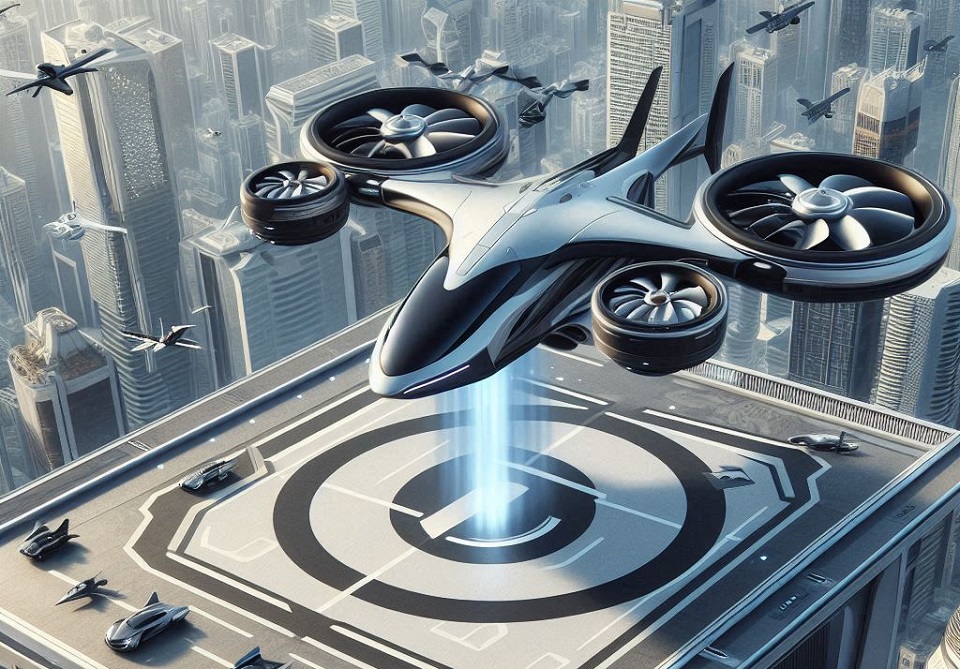Aviation
NATO Grants Next-Generation Rotorcraft Concept Contracts to Airbus, Leonardo, and Lockheed Martin

The NATO Support and Procurement Agency (NSPA) has awarded a contract to Airbus Helicopters to lead a concept study under the Next Generation Rotorcraft Capability (NGRC) project.
This project brings together participants to collaborate on the design, development, and delivery of a medium multi-role helicopter. Airbus is partnering with RTX’s Collins Aerospace and Raytheon businesses, as well as MBDA, for the 13-month study, which will analyze two integrated concepts of next-generation military rotorcraft.
“Participating in this NATO study for the next generation of military rotorcraft offers a unique opportunity to leverage our experience working with various European armed forces,” said Bruno Even, CEO of Airbus Helicopters.
“Our goal, together with our highly skilled partners, is to develop a European solution that fulfills both the needs of NATO armed forces and guarantees industrial sovereignty for our European nations while maintaining key engineering competencies,” he added. “This project will be fully interoperable with other NATO assets.
With our experience in both civil and military helicopter design, we are confident that Airbus Helicopters has the right cost-effective, high-performance, and operationally efficient solutions for the next generation of military rotorcraft.”
NSPA General Manager Stacy A. Cummings stated, “The launch of Concept Study #5 is a significant milestone for the NGRC concept stage activities, demonstrating NSPA’s dedication to meeting the challenge of next-generation medium lift for participating nations.
Our strategy to launch three parallel contracts awarded through competition maximizes industry expertise, opportunities, and engagement in the program, providing a broad range of potential concepts in the study results for our multinational customers.”
France, Germany, the United Kingdom, the United States, Ireland, and Italy are involved in the project through various partner companies. Each partner will contribute to the study in its area of expertise: helicopter design, systems integration, connectivity, weapons and effectors, avionics, and sensors.
The study will focus on high-performance rotorcraft. The concepts will be modular, multi-mission, and fully interoperable with NATO standards, featuring a high degree of connectivity and resilient communication systems.

Airlines
Air India to Launch aircraft maintenance training institute in Bengaluru

Air India, one of India’s leading global airlines, is set to establish a Basic Maintenance Training Organization (BMTO) in Bengaluru.
This institute will offer a comprehensive Aircraft Maintenance Engineering (AME) program certified by the Directorate General of Civil Aviation (DGCA). The program will follow an integrated 2+2 year structure, combining classroom learning with practical, hands-on training.
This initiative is part of Air India’s broader goal of creating a robust aviation ecosystem in India. With plans to expand its fleet and strengthen its operations, the airline aims to build a skilled workforce of maintenance engineers, making the organization self-reliant while supporting its ambitious transformation journey.
This country tops visa rejections in the popular Schengen countries
To bring this vision to life, air india has partnered with Bengaluru Airport City Limited (BACL), a subsidiary of Bangalore International Airport Limited (BIAL). Together, they will develop a state-of-the-art facility spanning 86,000 square feet at Bengaluru Airport City.
This purpose-built campus will feature modern classrooms, well-equipped laboratories, and qualified trainers to deliver world-class education and training. The institute is expected to become operational by mid-2026.
The BMTO will be located close to Air India’s new 12-bay Maintenance, Repair, and Overhaul (MRO) facility, also set to open in Bengaluru by early 2026. The AME program will begin with two years of academic coursework, followed by two years of practical training at the MRO, ensuring students receive hands-on experience adhering to industry standards.
Sanctions & Engine Issues Ground Half of Russia’s A320neo fleet
In the meantime, Air India has introduced a Cadet AME program in collaboration with reputable institutions in Bengaluru and Hyderabad.
This ensures continuity in its commitment to developing skilled aircraft maintenance engineers while the BMTO facility is under construction. The program also allows students to pursue a bachelor’s degree through university partnerships, enhancing their career and academic opportunities.
With this initiative, air india plane aims to address the growing demand for skilled professionals in aircraft maintenance and engineering, air india new planes contributing to the development of India’s aviation sector and creating specialized career paths for aspiring engineers.
-

 Aviation2 months ago
Aviation2 months agoMicrosoft Flight Simulator Raises $3 Million to Bring Back the An-225 Mriya
-

 Airlines2 months ago
Airlines2 months agoQatar Citizens Can Travel to the United States Without a Visa
-

 Aviation2 months ago
Aviation2 months agoQatar Airways bans these new Electronic Devices on plane
-

 Airlines2 months ago
Airlines2 months agoJapan Airlines Rolls Out Free Domestic Flights to International Passengers
-

 Defence2 months ago
Defence2 months agoWhich Country Has the Largest Fleet of Fighter Aircraft?
-

 Airport2 months ago
Airport2 months agoWestern Sydney Airport Welcomes Its First Plane After 6 Years of construction
-

 Travel2 months ago
Travel2 months agoQatar Airways Launches Four Additional Flights from Amsterdam
-

 Aviation2 months ago
Aviation2 months agoDid you know ? Once Boeing 747 carried 1088 passenger in 1991








